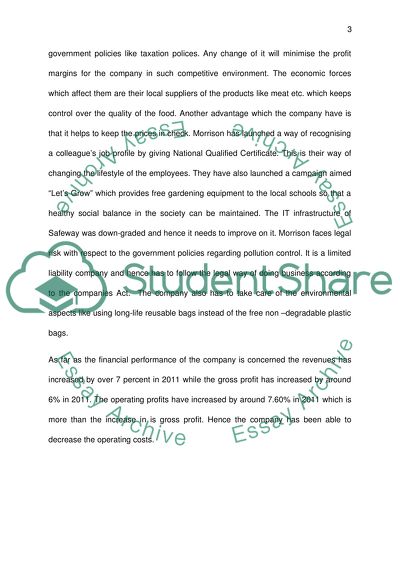Cite this document
(“Report---Morrisons Supermarkets Essay Example | Topics and Well Written Essays - 2250 words”, n.d.)
Report---Morrisons Supermarkets Essay Example | Topics and Well Written Essays - 2250 words. Retrieved from https://studentshare.org/marketing/1498172-report-morrisons-supermarkets
Report---Morrisons Supermarkets Essay Example | Topics and Well Written Essays - 2250 words. Retrieved from https://studentshare.org/marketing/1498172-report-morrisons-supermarkets
(Report---Morrisons Supermarkets Essay Example | Topics and Well Written Essays - 2250 Words)
Report---Morrisons Supermarkets Essay Example | Topics and Well Written Essays - 2250 Words. https://studentshare.org/marketing/1498172-report-morrisons-supermarkets.
Report---Morrisons Supermarkets Essay Example | Topics and Well Written Essays - 2250 Words. https://studentshare.org/marketing/1498172-report-morrisons-supermarkets.
“Report---Morrisons Supermarkets Essay Example | Topics and Well Written Essays - 2250 Words”, n.d. https://studentshare.org/marketing/1498172-report-morrisons-supermarkets.


